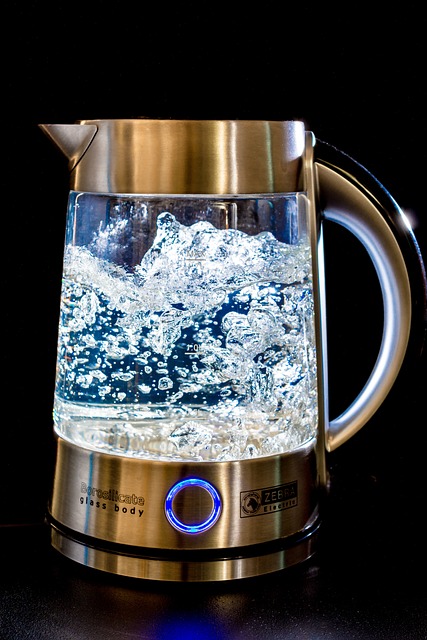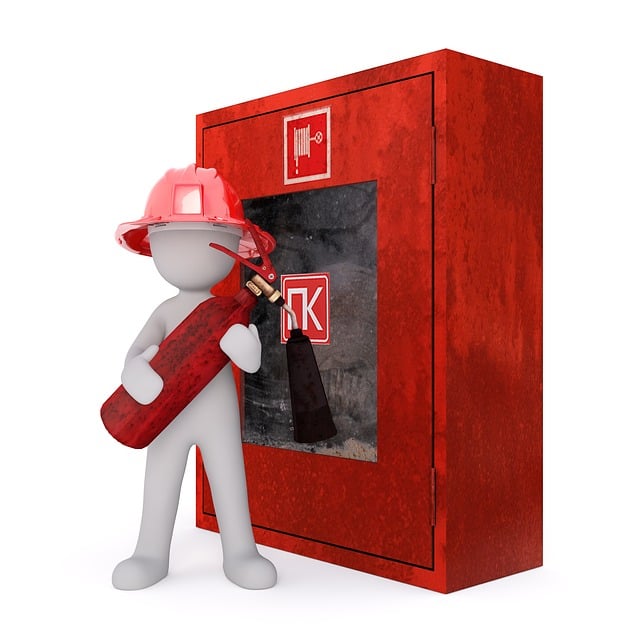Regular water heater maintenance is essential to prevent costly repairs, save money, and ensure a reliable hot water supply. Common issues like temperature control failures, sediment buildup, and corrosion can be avoided through annual inspections, cleaning or replacement of key components (such as the T&P relief valve and anode rod), insulation, and setting optimal temperatures. Combining these preventive measures with routine maintenance will keep your water heater running smoothly.
“Water heater maintenance is key to avoiding costly repairs. This article guides you through understanding common water heater malfunctions and their associated expenses, providing essential tips for routine care. By performing simple tasks like flushing sediment, checking pressure, and inspecting connections, you can ensure optimal performance. Additionally, we offer strategies to save money, including energy-efficient settings and regular inspection schedules, helping you avoid emergency repairs and extend your water heater’s lifespan.”
- Understanding Water Heater Malfunctions and Their Costs
- Routine Maintenance Tasks for Optimal Performance
- Tips to Save Money and Avoid Emergency Repairs
Understanding Water Heater Malfunctions and Their Costs

Water heater malfunctions can lead to costly repairs, and in some cases, complete replacements. Understanding common issues and their associated costs is a proactive step toward preventing financial surprises. One of the most frequent problems is temperature control failure, where the heater either doesn’t heat water sufficiently or keeps it too hot, posing safety risks. This issue often arises due to faulty thermostats or heating elements, leading to repair bills ranging from $200 to $1000, depending on the severity and the part required.
Another prevalent malfunction involves sediment buildup, which occurs when minerals and debris accumulate at the bottom of the tank. Over time, this buildup can restrict water flow, cause pressure issues, and even lead to tank failure. The average cost for cleaning or replacing a water heater due to sediment buildup is $300 to $500. Regular maintenance, including drain-and-flush cycles, can easily prevent these costly repairs by addressing potential problems early on.
Routine Maintenance Tasks for Optimal Performance

Regular maintenance is key to preventing costly water heater repairs and ensuring optimal performance. There are several tasks homeowners can perform to keep their water heaters in top shape. Start by inspecting the water heater for any signs of corrosion or leaks, as these issues can lead to serious damage if left unattended. Cleaning or replacing the anode rod is another crucial maintenance step; this rod sacrifices itself to protect the tank from corrosion, and its condition can greatly impact the heater’s lifespan.
Additionally, checking and flushing the sediment filter regularly is essential. Sediment buildup can reduce water heating efficiency and even cause the heater to short-circuit. Keeping an eye on these routine maintenance tasks will not only save you money in the long run but also ensure a continuous supply of hot water for your household needs.
Tips to Save Money and Avoid Emergency Repairs

Regular water heater maintenance is a proactive approach that can save you money and prevent costly repairs. One effective tip is to check and clean or replace the temperature and pressure (T&P) relief valve at least once a year. This valve protects your water heater from excessive pressure and temperature, which can lead to leaks and damage. Additionally, inspect the water heater for any signs of corrosion, rust, or leaks, and address them promptly. Corrosion can weaken the tank and cause failures, so regular checks can help you catch potential issues early.
Another money-saving strategy is to insulate your water heater and pipe connections. Insulation reduces heat loss, allowing your heater to maintain optimal temperatures more efficiently. This simple step can lower energy bills and extend the life of your water heater. Furthermore, consider setting your water heater at a slightly lower temperature, as overheating can waste energy and increase maintenance needs. These preventive measures, combined with routine Water Heater Maintenance, will keep your system running smoothly and reduce the likelihood of unexpected repairs.
Regular water heater maintenance is a proactive approach to preventing costly repairs. By performing simple routine tasks, you can ensure optimal performance and extend the life of your water heater. Investing time in these preventive measures will save you money in the long run, eliminating unexpected emergency repairs and keeping your hot water flowing smoothly.
